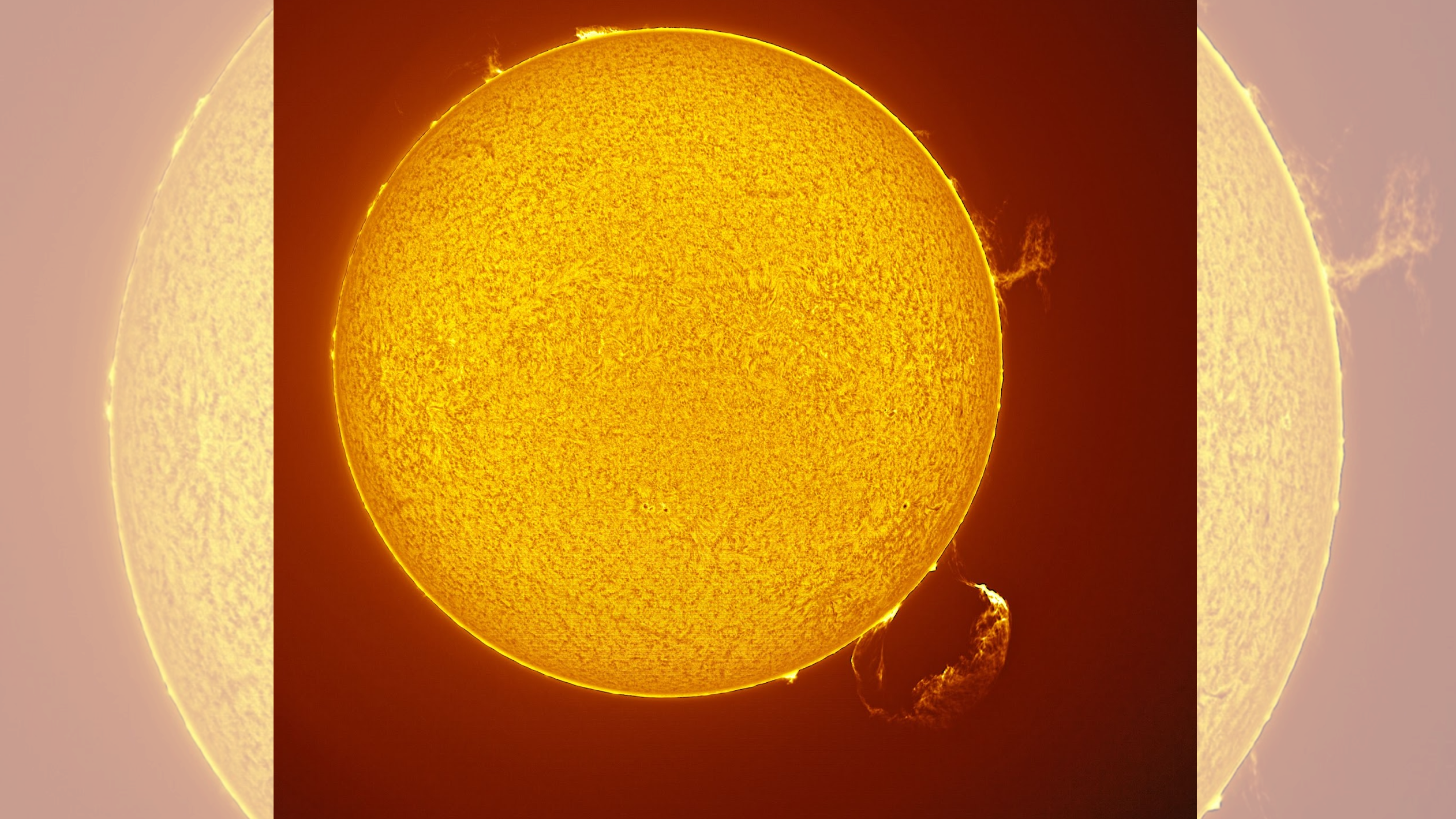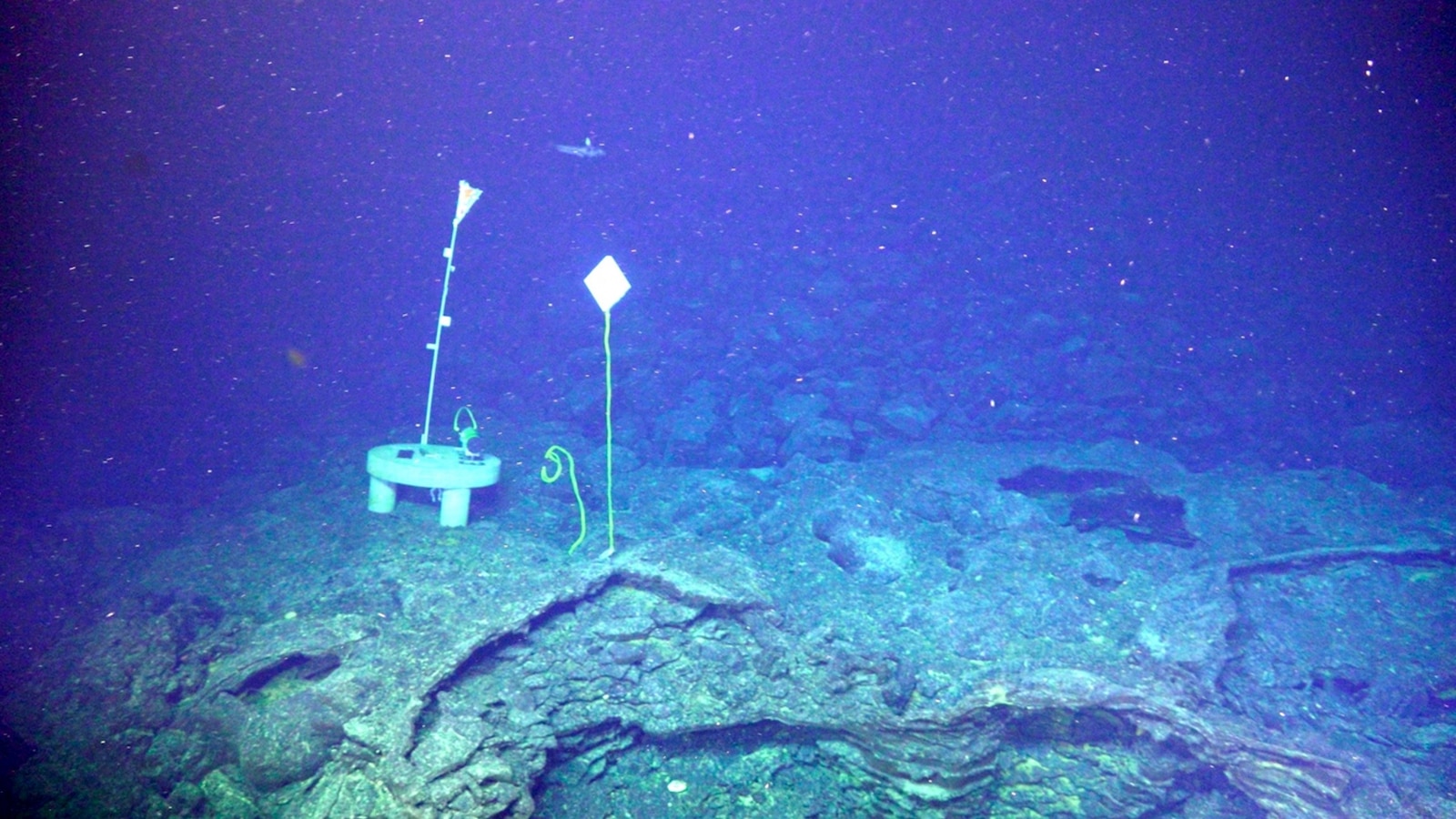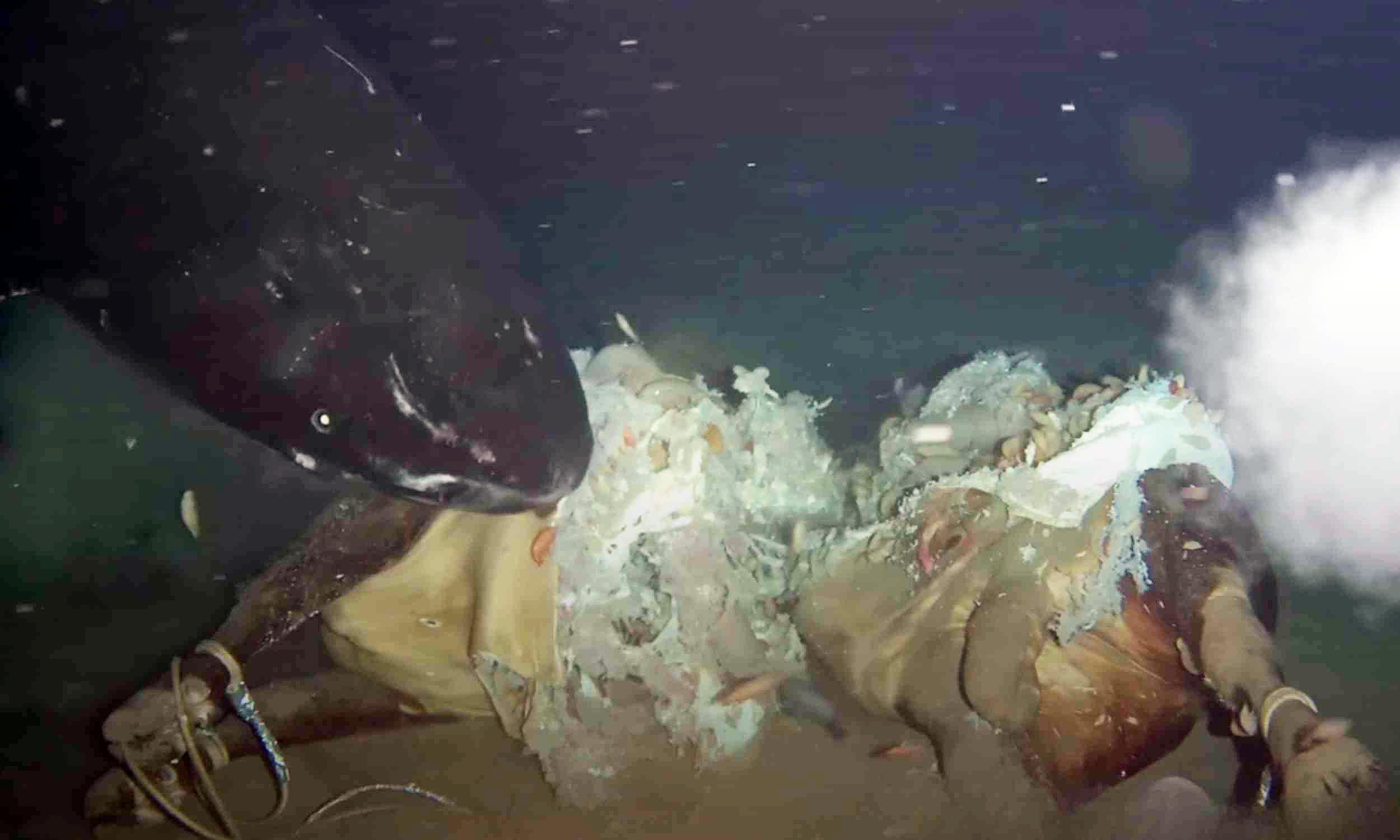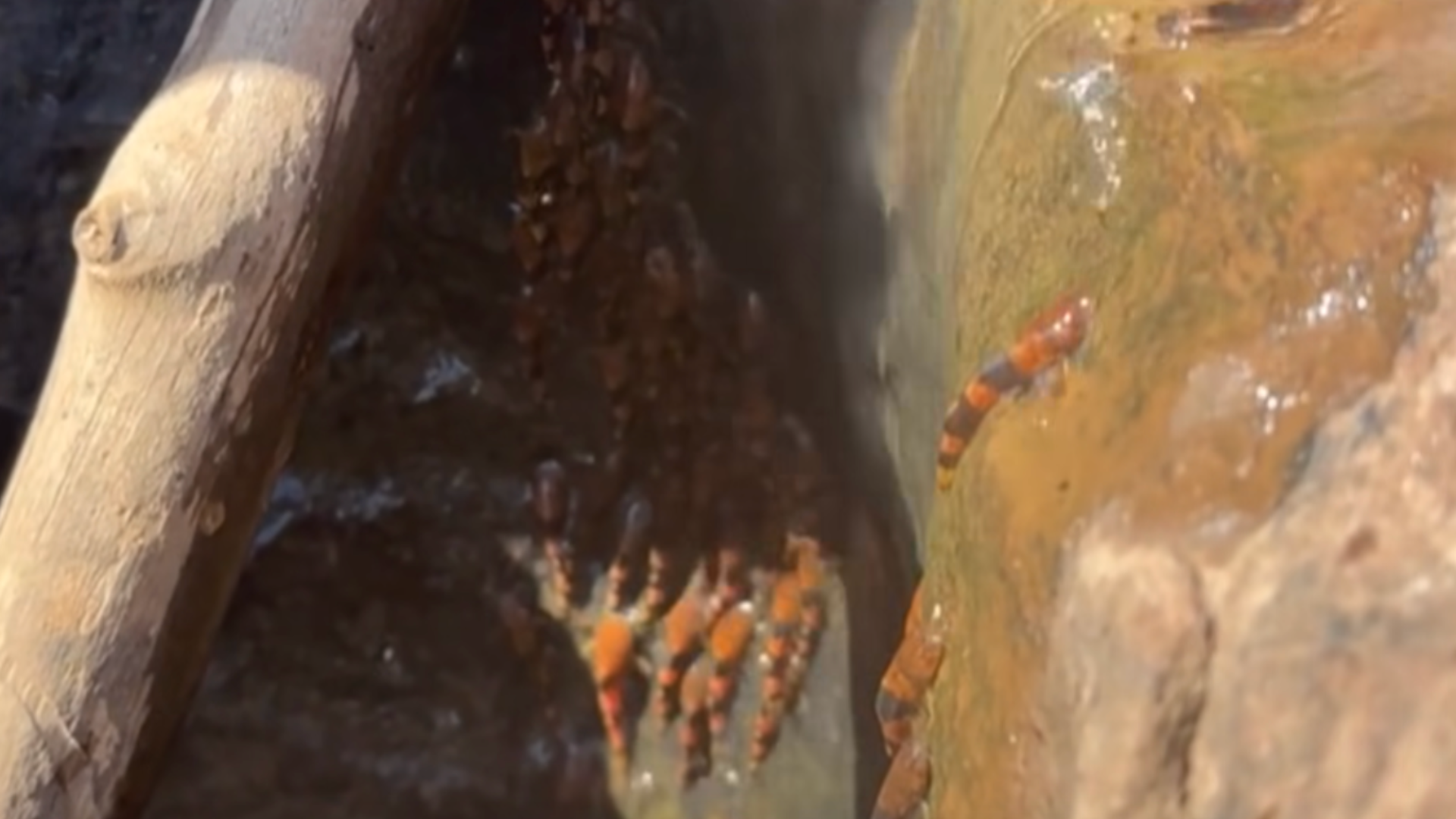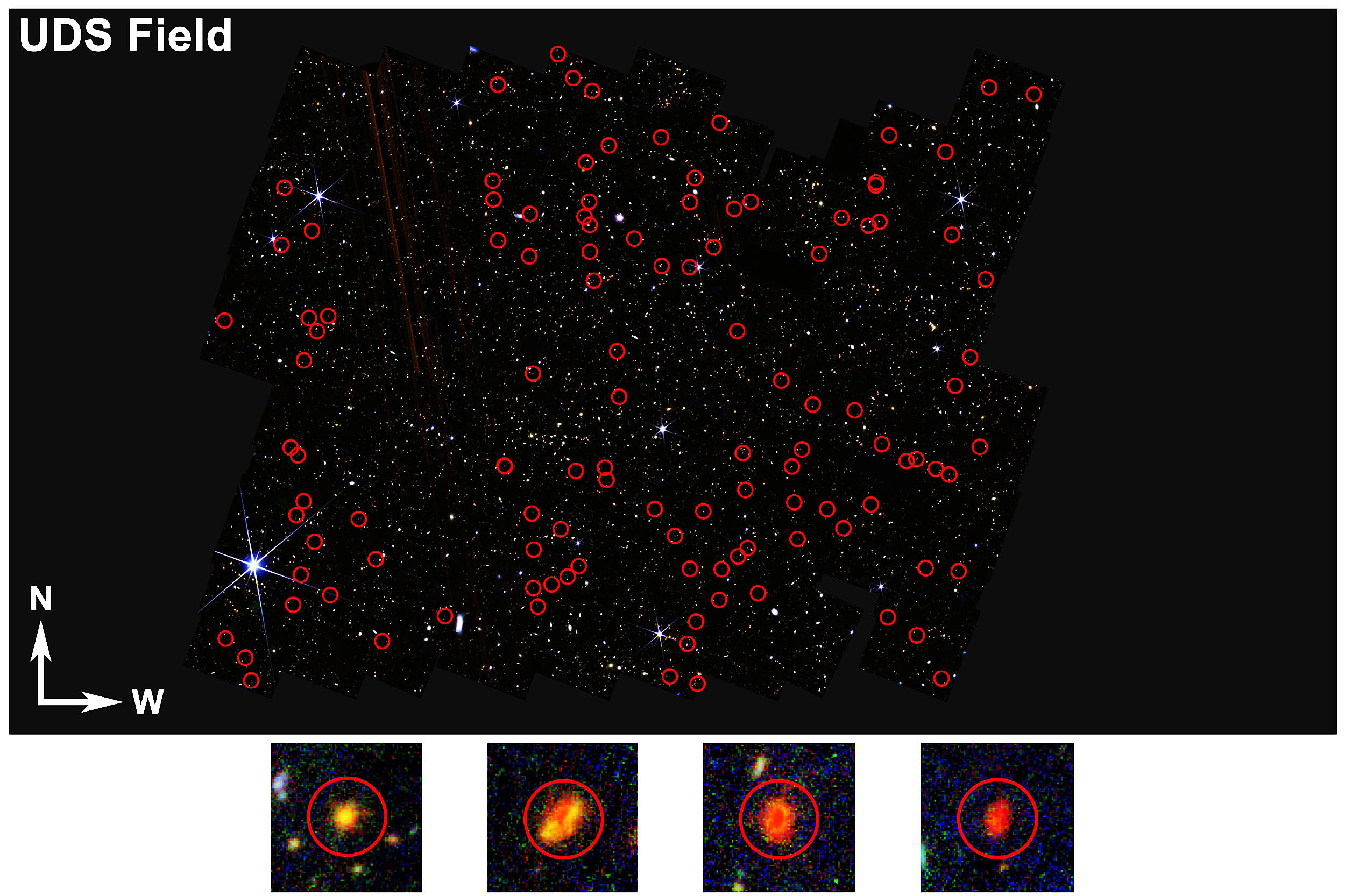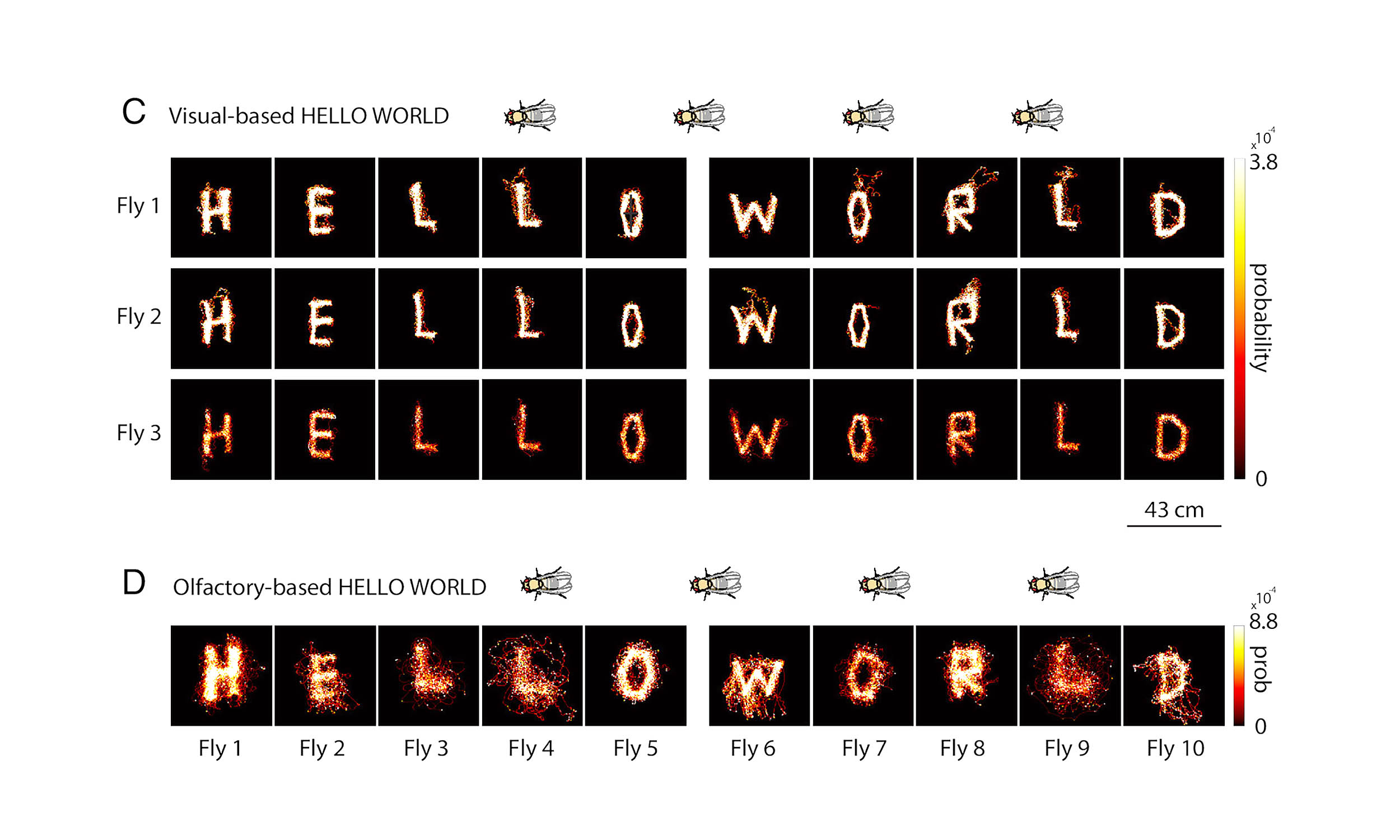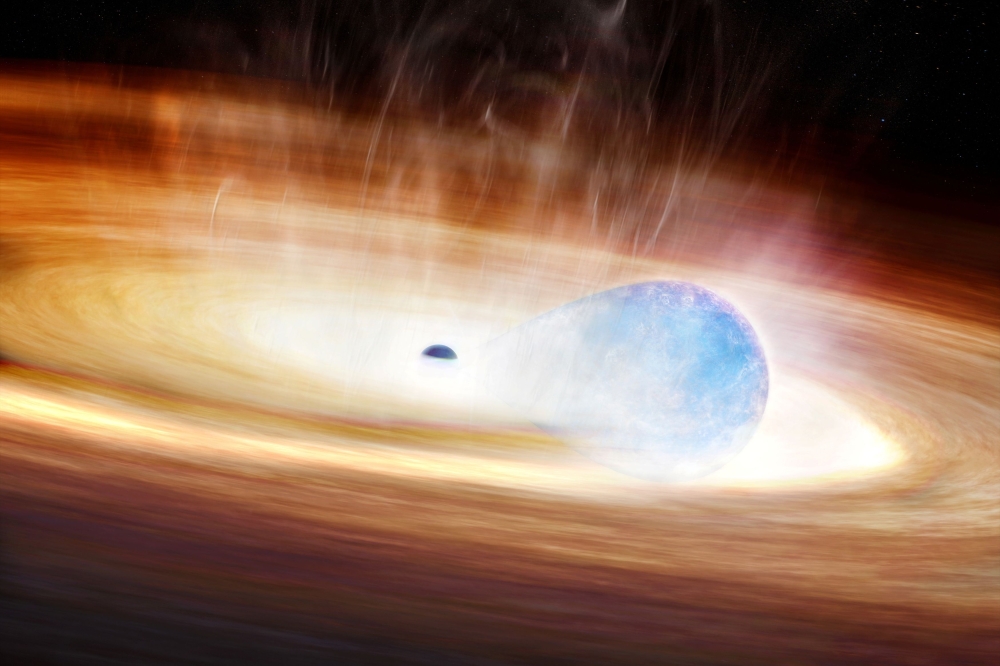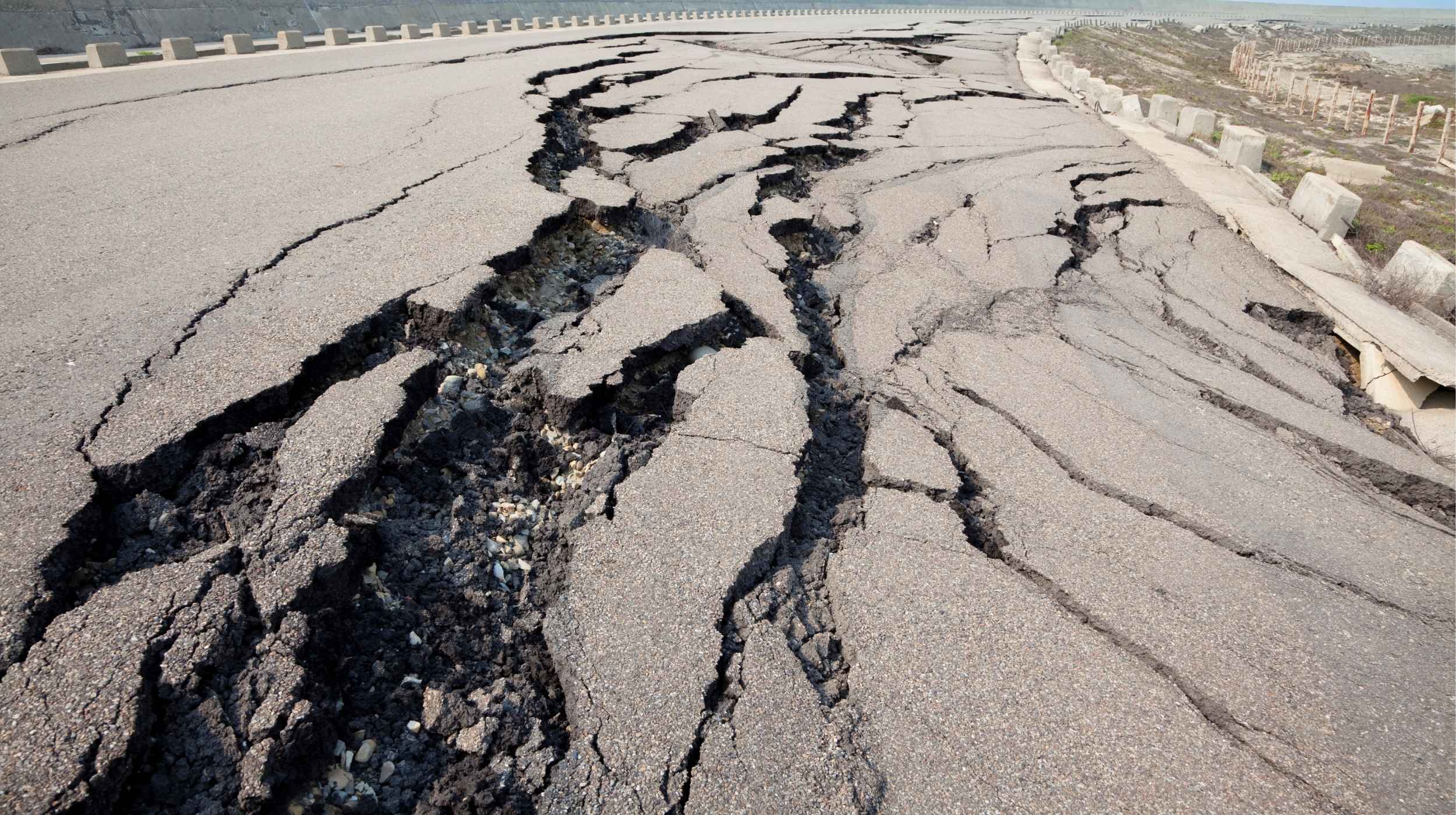Asteroid 2024 YR4: Could It Spark a Meteor Shower from the Moon?

“Did you know there’s a 4% chance that an asteroid could strike the Moon in just a decade?!” It’s a shocking thought that stirs the imagination and makes you wonder what cosmic surprises await us! Astronomers have been turning their telescopes towards asteroid 2024 YR4 since its discovery late last year, and the revelation of its potential impact with the Moon in 2032 has certainly sparked curiosity and a bit of concern among the scientific community.
Initially, when 2024 YR4 was first detected, scientists held their breath, fearing a collision with Earth. However, thanks to updated trajectory models, this concern was laid to rest, revealing that our planet is safe. But don't let your guard down just yet; the Moon is not out of the woods. With a small but notable 4% probability looming over it, the potential collision could lead to a breathtaking lunar event.
Picture this: a rock measuring between 175 to 220 feet wide—roughly the height of a 15-story building—traveling at thousands of miles per hour. If it were to collide with the Moon, the energy released could rival millions of tons of TNT, creating a crater over half a mile wide. This tremendous impact wouldn’t just be a historic occasion; it could also spectacularly eject lunar debris into space, possibly resulting in a rare meteor shower visible from our own Earth!
As the asteroid careens through space, it offers scientists an invaluable opportunity to delve into the physics of impacts and the dynamics of the Moon’s surface. Not only could it expand our understanding of celestial mechanics, but it could also bolster planetary defense initiatives aimed at safeguarding against future threats.
The journey of asteroid 2024 YR4 began in late 2024, when automated systems detected its swift passage through our galaxy. Early concerns of an Earth collision were quickly ruled out, leading to a sharper focus on the Moon. NASA's James Webb Space Telescope later captured stunning images of the asteroid, revealing a rocky surface with unusual reflective characteristics.
As we edge closer to 2032, astronomers are tracking 2024 YR4 closely, ensuring they can refine their predictions. However, the biggest worry isn't just about the Moon; it's about our reliance on satellites. While most ejected debris would drift harmlessly, some fragments could endanger low-Earth orbit satellites that we depend on for communication, navigation, and weather forecasting.
While the prospect of a lunar collision might seem alarming, it's essential to recognize that the fallout for life on Earth would be minimal. Yes, satellites might face temporary risks, but the potential cosmic show, featuring a rare meteor shower, could become one of the most spectacular astronomical events of the decade!










